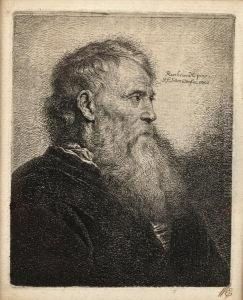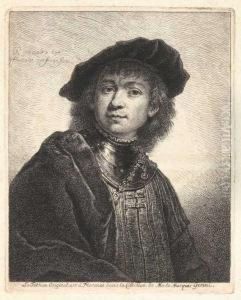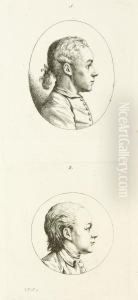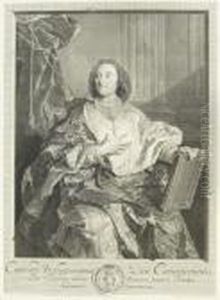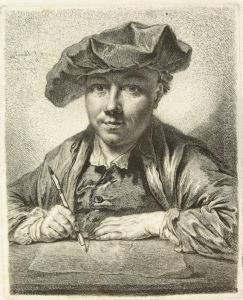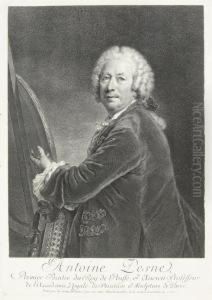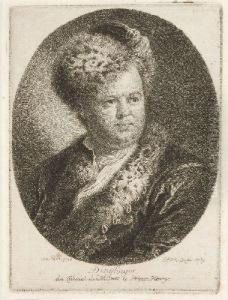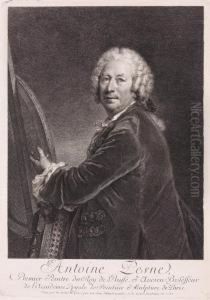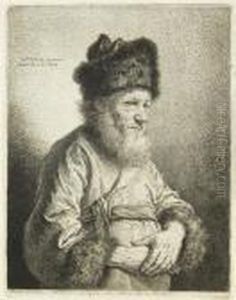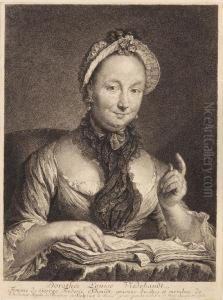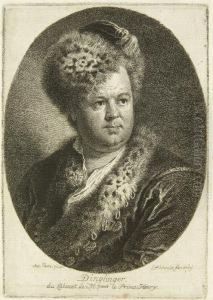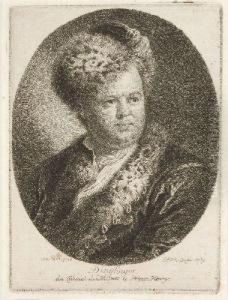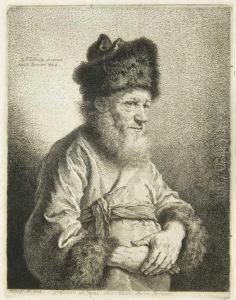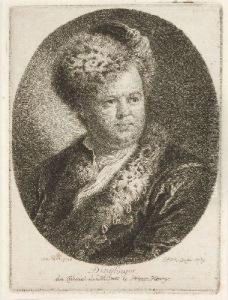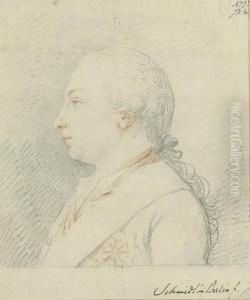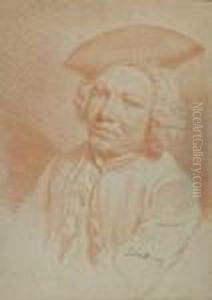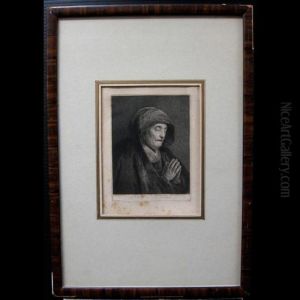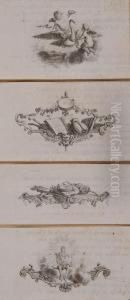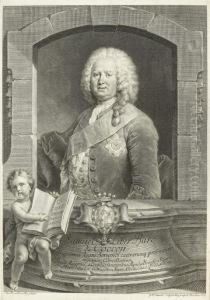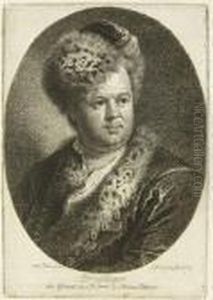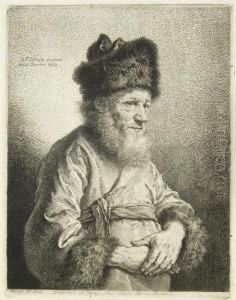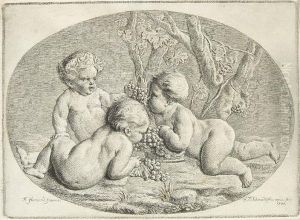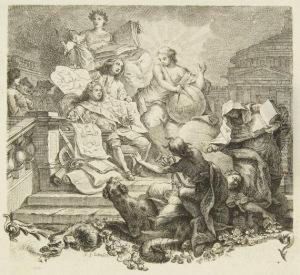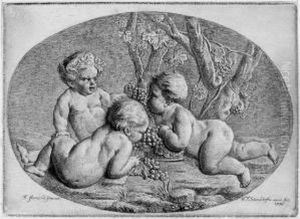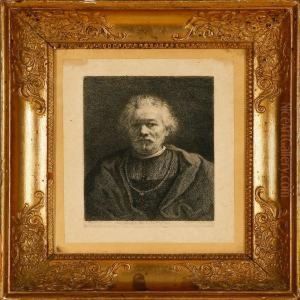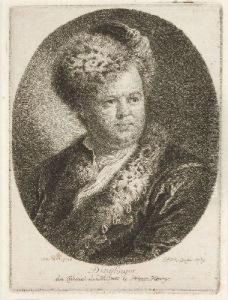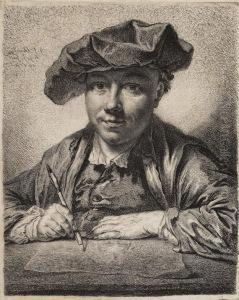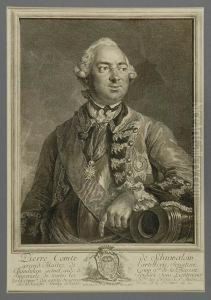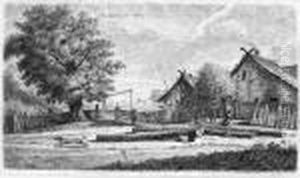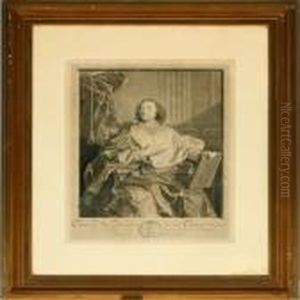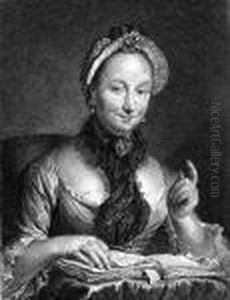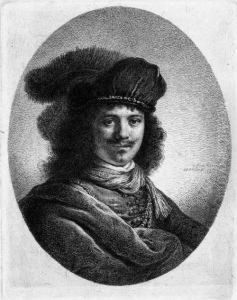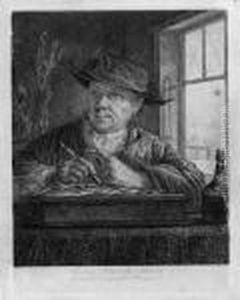Georg Friedrich Schmidt Paintings
Georg Friedrich Schmidt was a German engraver and painter, born on September 24, 1712, in Schönerlinde near Berlin. He is particularly known for his mastery in mezzotint, a printmaking process that allows for the creation of images with soft gradations of tone. Schmidt initially trained under the Prussian court painter Antoine Pesne, which allowed him to develop a strong foundation in painting. However, his interests and talents soon led him to pursue engraving.
In 1736, Schmidt traveled to Paris to further his art education. There, he was greatly influenced by the works of the French engraver Jacques-Philippe Le Bas. He studied under Le Bas and eventually became his collaborator. During his time in Paris, Schmidt was also influenced by the paintings of Antoine Watteau, whose works he engraved. His engravings after Watteau and other artists brought him considerable fame and recognition.
Schmidt's technique in mezzotint was highly regarded, and he was known for his ability to translate the subtleties of painting into his prints. His works often depicted portraits, landscapes, and genre scenes with remarkable tonal richness and depth. In 1744, he was invited by Empress Elizabeth of Russia to St. Petersburg, where he worked as an engraver at the Imperial Academy of Arts. However, he returned to Berlin in 1745, where he became a member of the Berlin Academy of Arts and continued his work as an engraver.
Over the course of his career, Schmidt produced a significant number of plates, many of which portrayed notable figures of his time. He was appointed as the court engraver to Frederick the Great of Prussia, which secured his status as one of the leading artists in Germany. Despite his success as an engraver, Schmidt also remained active as a painter, although his painted works are less well-known today.
Georg Friedrich Schmidt died on February 25, 1775, in Berlin. Today, his engravings are held in high esteem and can be found in various art collections and museums around the world. They serve as a testament to the artistry and skill of one of the 18th century's most accomplished engravers.
